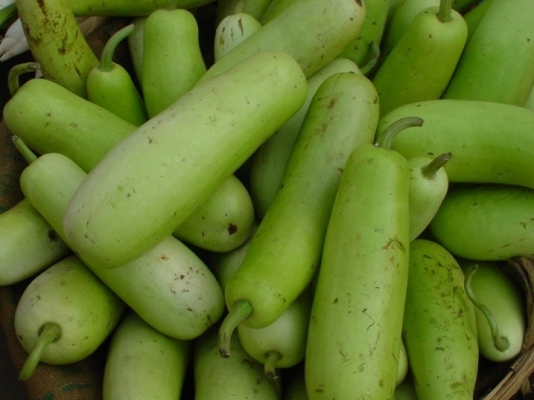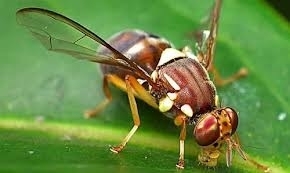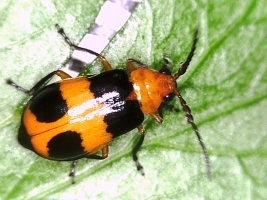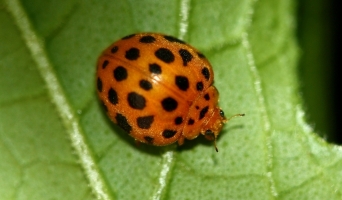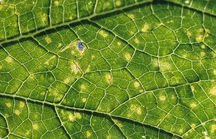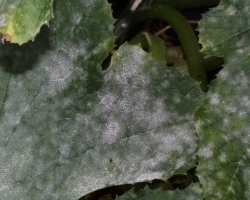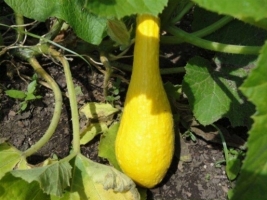Bottle Gourd Long Varieties
Punjab Long (1997): describes the plants as vigorous and profusely branched, with cylindrical light green and gleaming fruits. It is appropriate for packaging as well as long-distance marketing. The average yield per acre is 180 q/acre.
Punjab Komal (1988): is a variety that matures early. The first fruit matures and is marketable in about 70 days after sowing. It produces 10-12 oblong, medium-sized, light green, pubescent fruits per vine. Fruits are tender and borne on medium, long, thin pedicel from the fourth or fifth node. It is resistant to the cucumber mosaic virus (CMV). The average yield per acre is around 200 q/acre.
Punjab Barkat (2014): Describes the vines as vigorously growing and profusely branched. The stem is adolescent. The fruits are long, cylindrical, gleaming, tender, and light green in colour. It is moderately resistant to mosaic disease. It produces 226 q/acre on average.
Punjab Bahar (2017): has medium-length pubescent vines. The fruits are nearly round, medium in size, light green, gleaming, and pubescent. Its vines produce 9 to 10 fruits on average. It has an average yield of 222 q/acre.
Bottle Gourd Round Varieties
The main varieties of round bottle gourd are Pusa Summer Prolific Round, Pusa Manjri (Sankar variety), and Punjab Round.
POPULAR VARIETIES DEVELOPED BY ICAR IIHR BANGLORE
Arka Bahar: Pure line selection from IIHR-20A. Fruits medium long, straight without crookneck. Light green shining fruit skin when tender (1kg). Tolerant to blossom end rot. Yield 160-180q/ acre.

